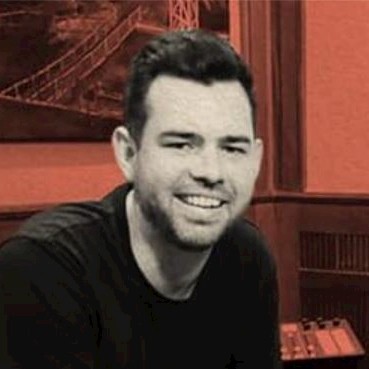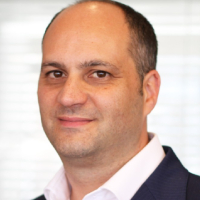This could be hard to fathom for many Australians who have grown confident of making money in a long-term "everything rally". Indeed, many unsophisticated Aussie investors have concentrated heavily into US tech, US large caps and passive ETFs with great success so far. After years of winning, defenses are down.
If market conditions do deteriorate, these investors could be the first to face danger.
Using reasonable assumptions, the prospective real return on US large caps in particular is now negative. But despite this poor outlook and recent volatility, stock markets continue to trade close to all-time highs. The S&P 500 has risen over 100 per cent in the last five years, and NASDAQ composite almost 200 per cent. Veteran investor and GMO founder Jeremy Grantham has described the US equities market as a “magnificent bubble”.
In spite of the pandemic, perhaps even because of it, US tech valuations have grown to eye-watering levels over the last 18 months. Interestingly, it is retail investors, including Australians, who are the “dominating force” behind this growth, according to JP Morgan.
Today we are seeing increasingly unsophisticated and speculative retail participants investing their savings – or using leverage – to gain exposure in single US tech stocks, hype stocks or other widely-promoted assets. This year’s meme stock headlines, the influencer movement and rise of zero commission brokers like Robinhood are strong examples of this.
Beneath these headlines, there is also a more mundane but more significant phenomenon: enormous flows of retail investor capital are pouring into the same passive ETFs, driving up indices.
Over the last decade, these have been winning strategies as valuations continue to climb and many Australians consider these outstanding investments. But as we know from history, there is danger when every investor is heavily exposed to the same trending assets.
A 2007 market event known as the "Quant Quake" serves as an important and timely lesson for these investors.
In August 2007, US quantitative funds, which invest through computer-driven algorithms, suffered catastrophic losses in a matter of days. While the first cause of losses is uncertain, the likelihood is that a redemption forced a large hedge fund to liquidate its portfolio with undue haste.
What happened next was a large-scale unwind that saw prices plummet for other asset managers exposed to the same positions. This in turn meant that they were forced to cut their risk, even if it was at terrible prices. Suddenly, everyone was heading for the exit at the same time.
The moves even caught out legendary quants at storied firms such as Renaissance Technologies and AQR. Goldman Sachs, which had a big quant division, saw its share price fall more than 20 per cent between 8-16 August 2007, considering intraday prices.
Today, the 2007 Quant Quake is largely forgotten, but its lessons remain relevant. If market conditions were to deteriorate and with everyone owning the same assets, investors could be caught in a race for the exit. It also reminds us that the market can catch out even the smartest people.
Diversification and process offer a line of defence
As long as the status quo persists, then being heavily exposed to US tech and hyped assets will likely remain a winning strategy. But almost by definition, market convulsions come as surprises.
A part of this is because investors tend to concentrate on guessing whether conditions will change, rather than thinking about how they might be placed if it does. In economic terms, they focus on forecasting rather than positioning.
My recommendation is simple. Australians must look beyond the trends and adopt investment principles that will deliver resilience through a range of market conditions.
A core principle is diversification. In a global equities context, this means looking beyond capital growth and introducing assets that generate long-term resilient income. It means investing in companies beyond the US market and looking beyond US tech. It also pays to balance passive investments with actively managed holdings, especially those with a structured approach to risk management. Diversification allows investors to still hold true to their convictions and generate strong returns while spreading risk across markets, sectors and asset classes.
Investors should combine diversification with a second solution: investment process. Instead of simply pursuing trends, investors should follow processes that have a recognised and long-term track record for performance. These include bottom-up research, a firm focus on fundamentals and prioritising long-term value over other investment styles despite short-term underperformance. Finally, investors must apply strict discipline in adhering to these principles.
While forecasting cannot be relied upon, it pays to be as prepared as possible. Through diversification and a focus on process, Australian investors can move away from trending assets and build a portfolio that protects and rewards through any storm.
Chad Padowitz is one of the founders and the co-chief investment officer of Talaria Capital

Neil Griffiths
Neil is the Deputy Editor of the wealth titles, including ifa and InvestorDaily.
Neil is also the host of the ifa show podcast.







